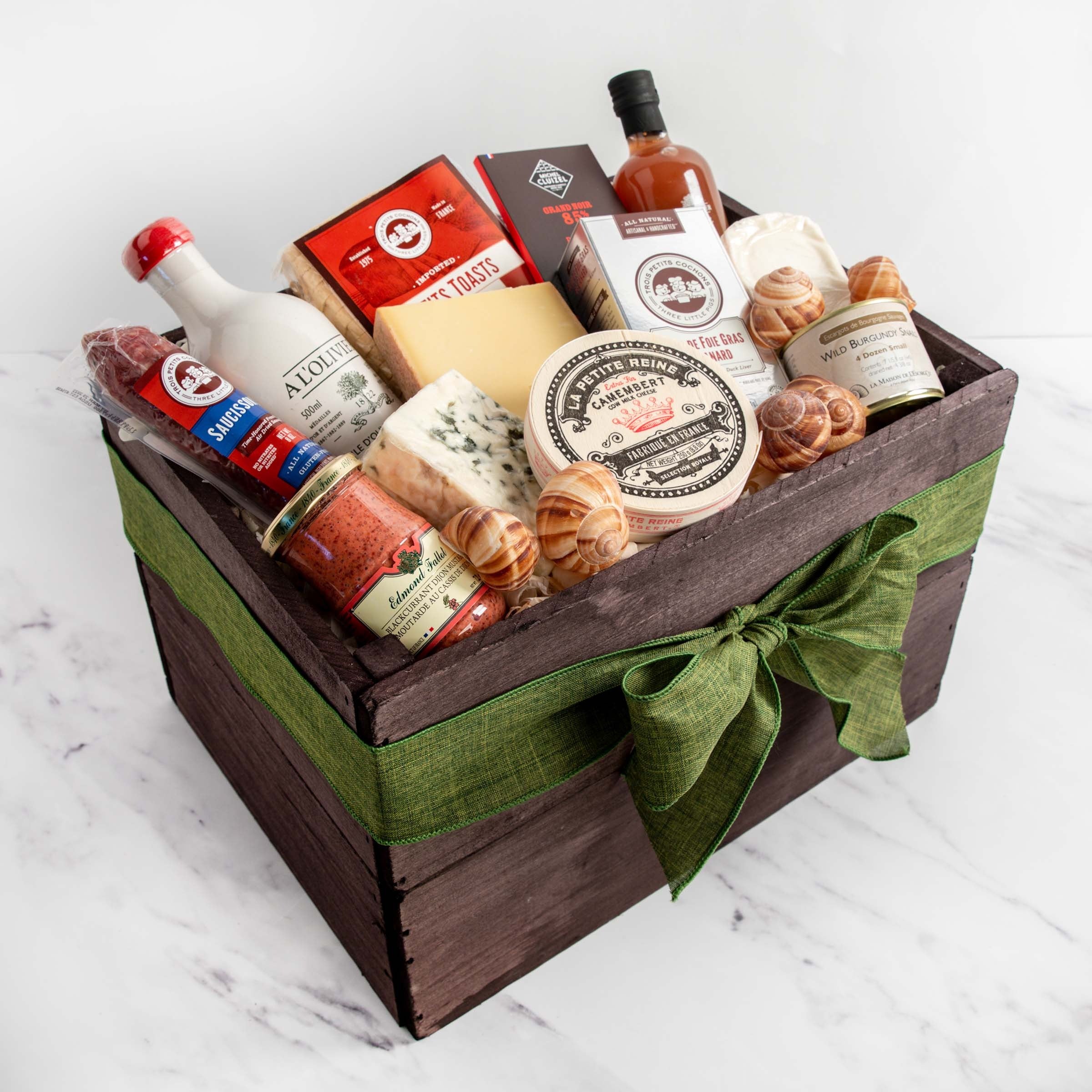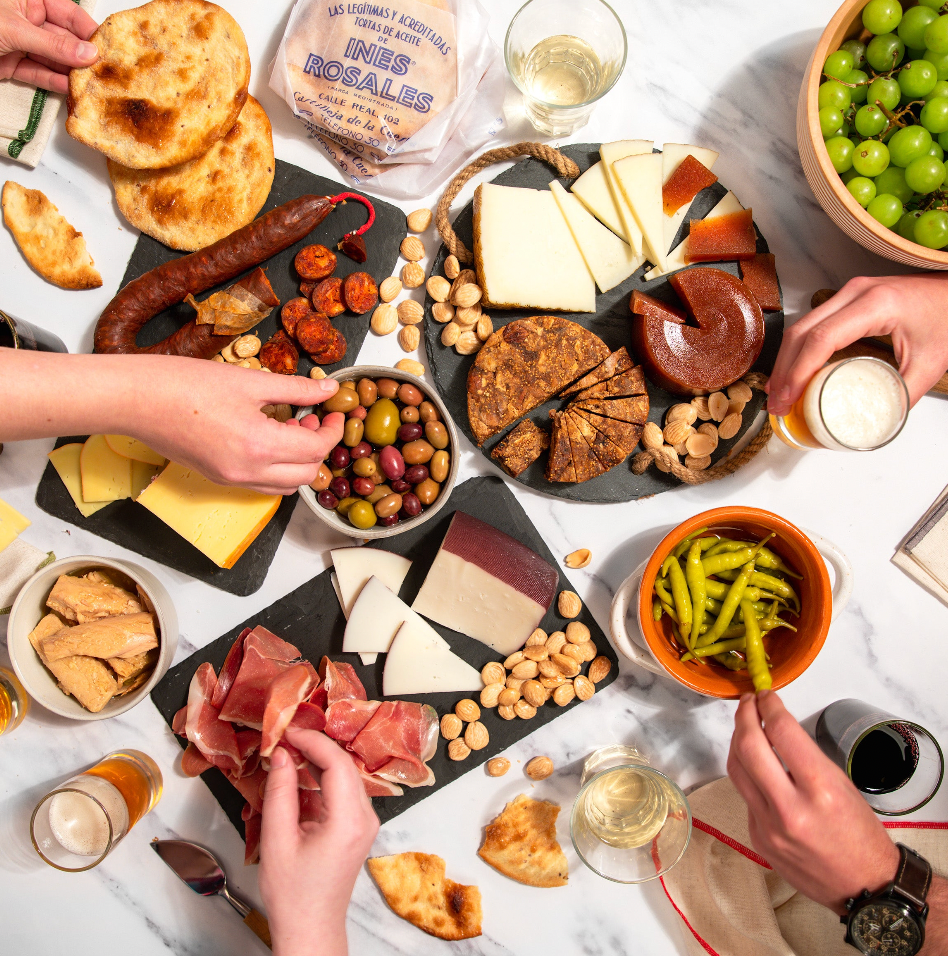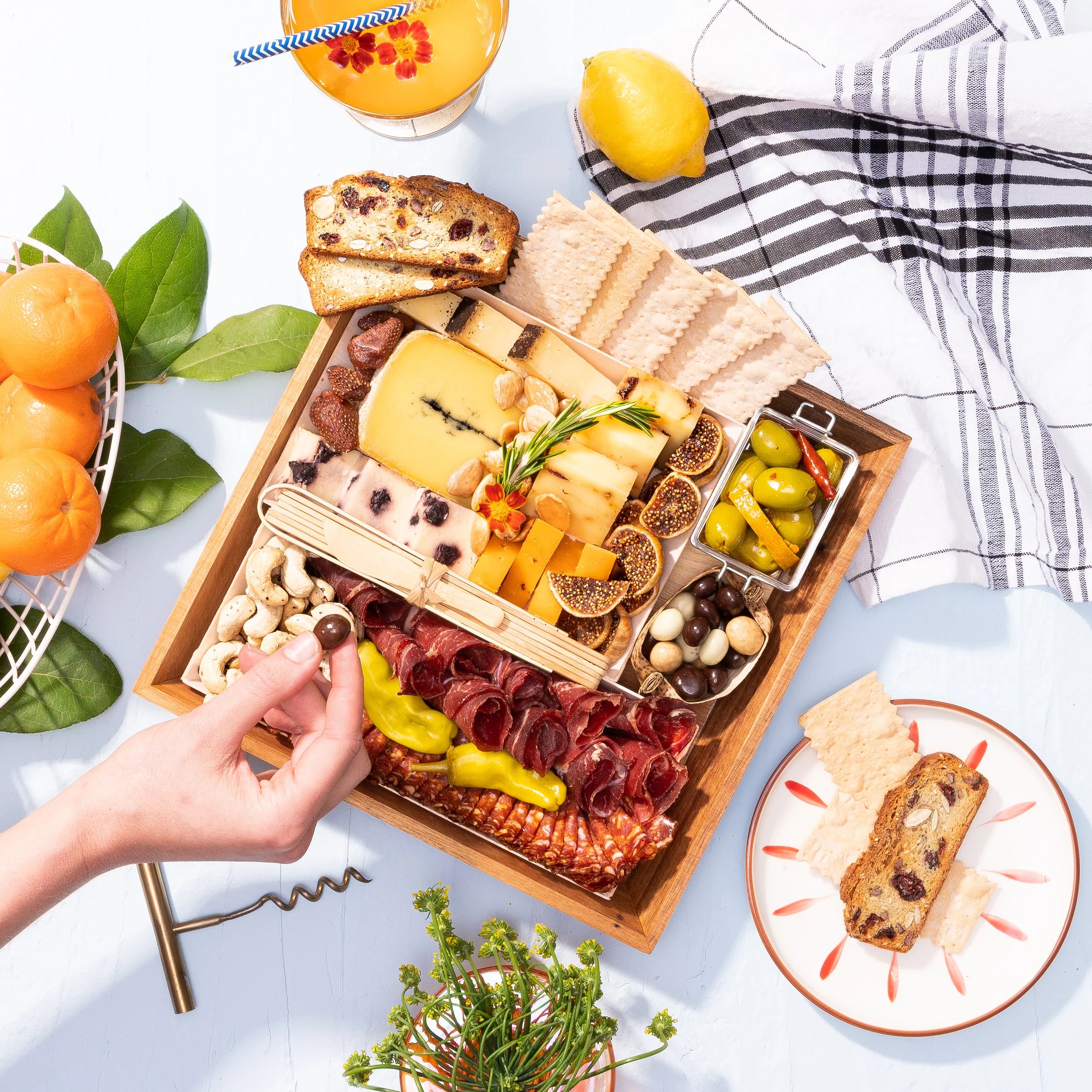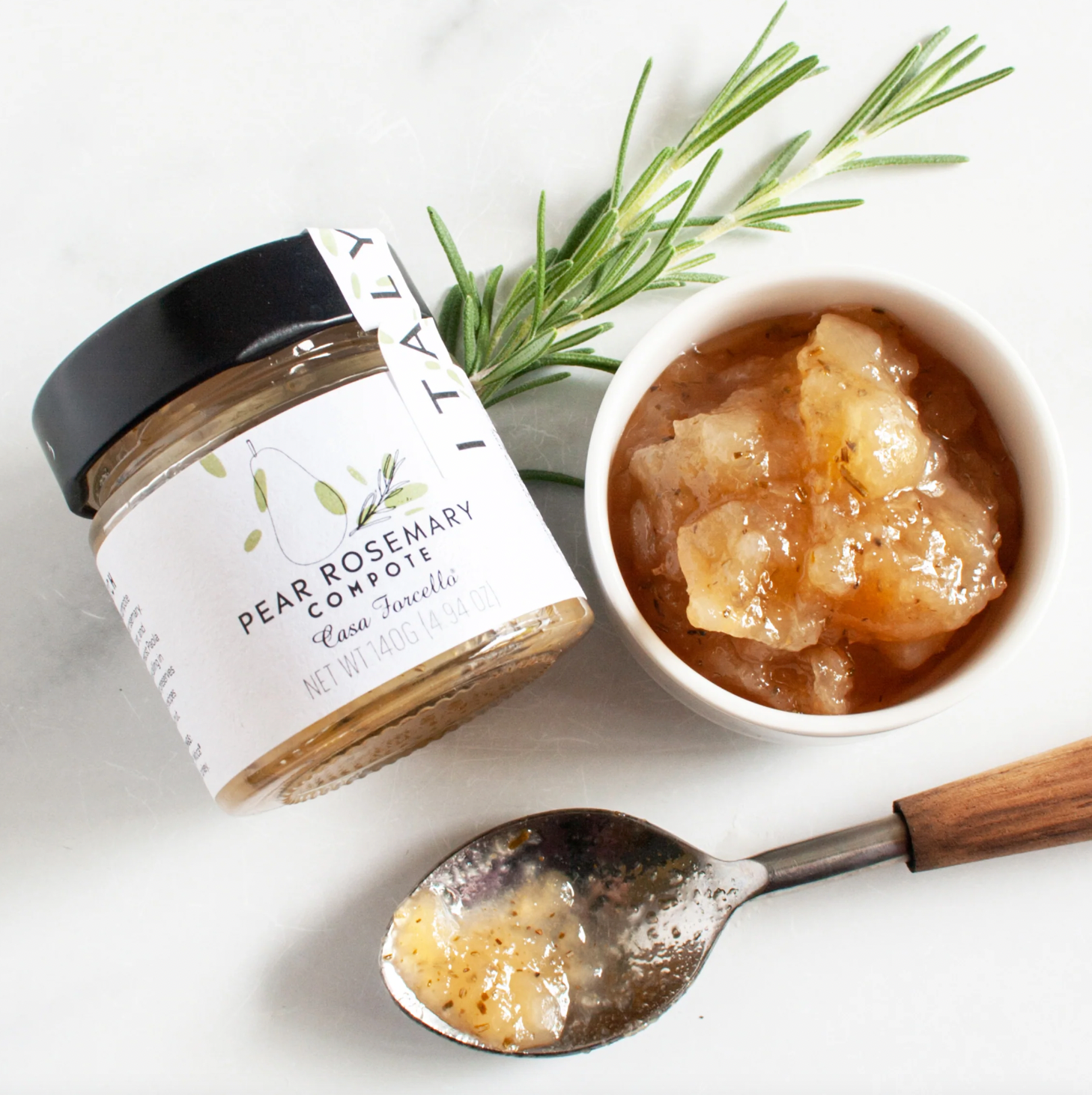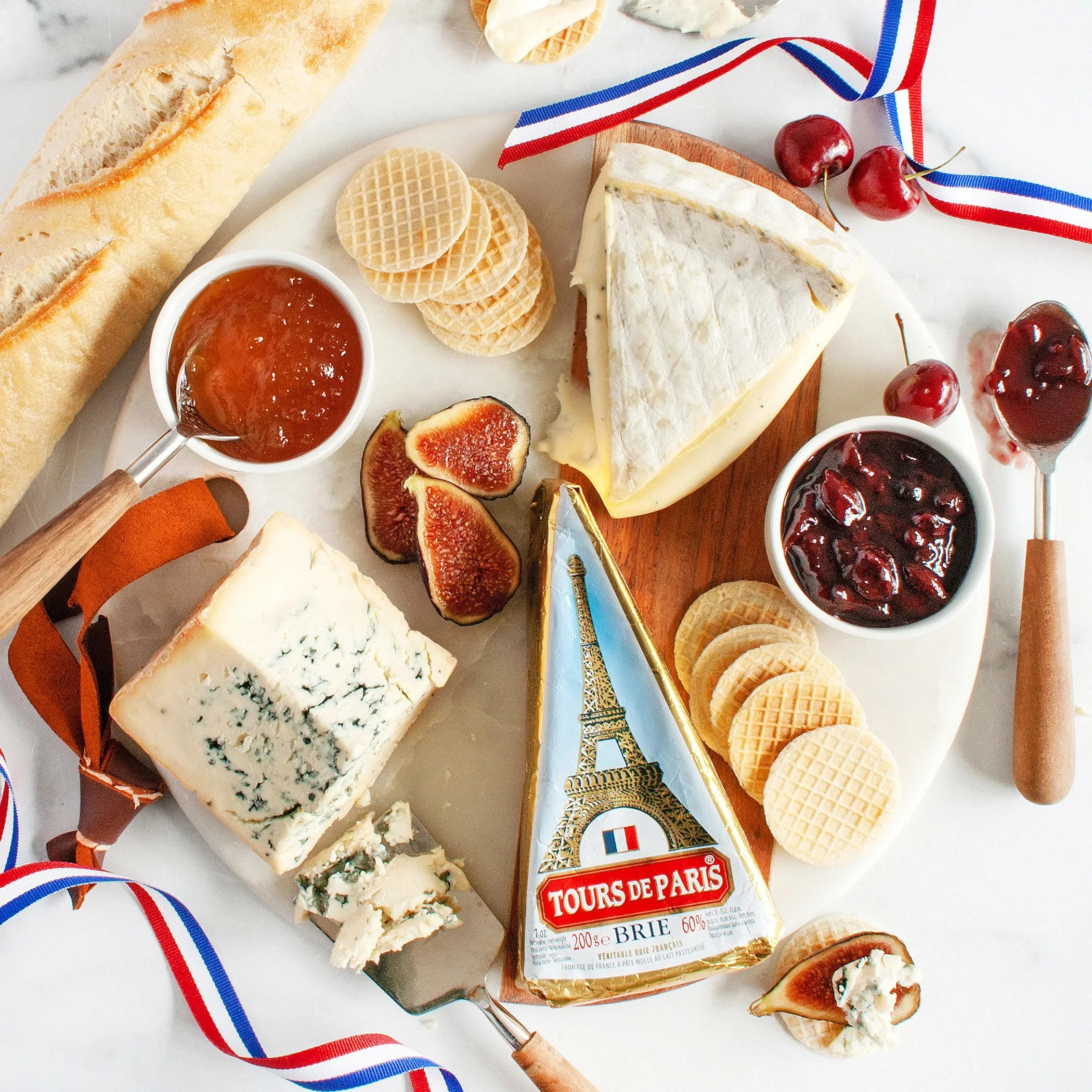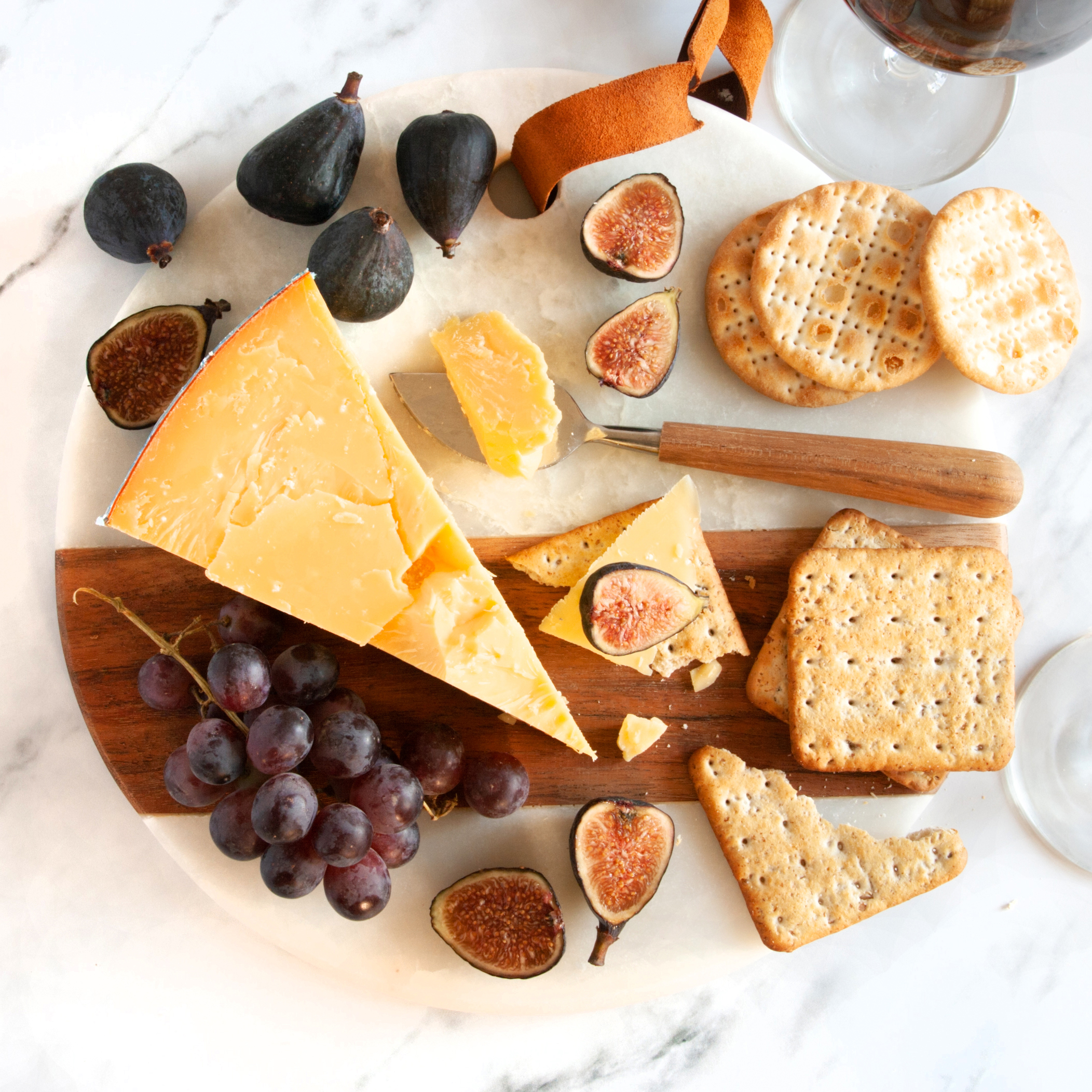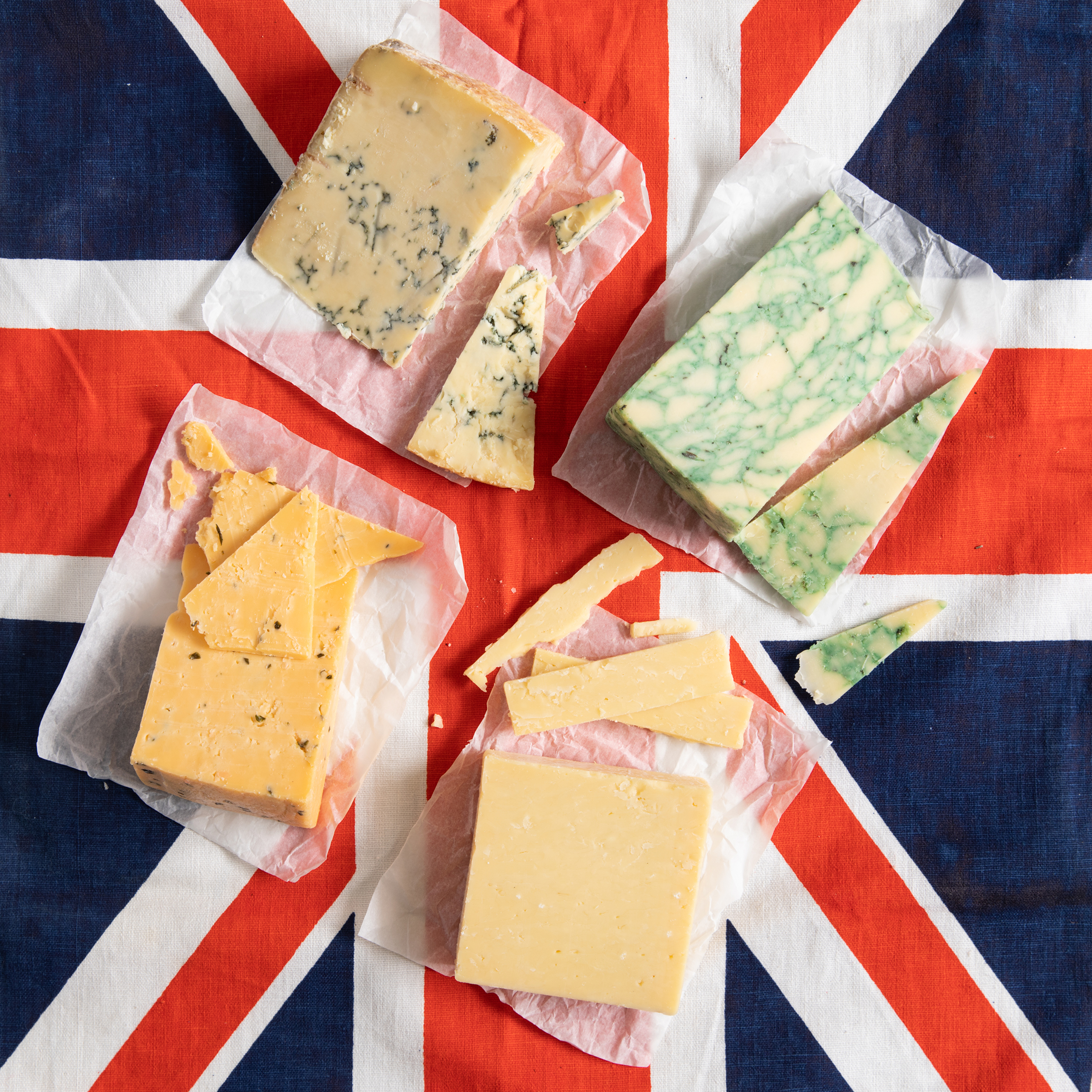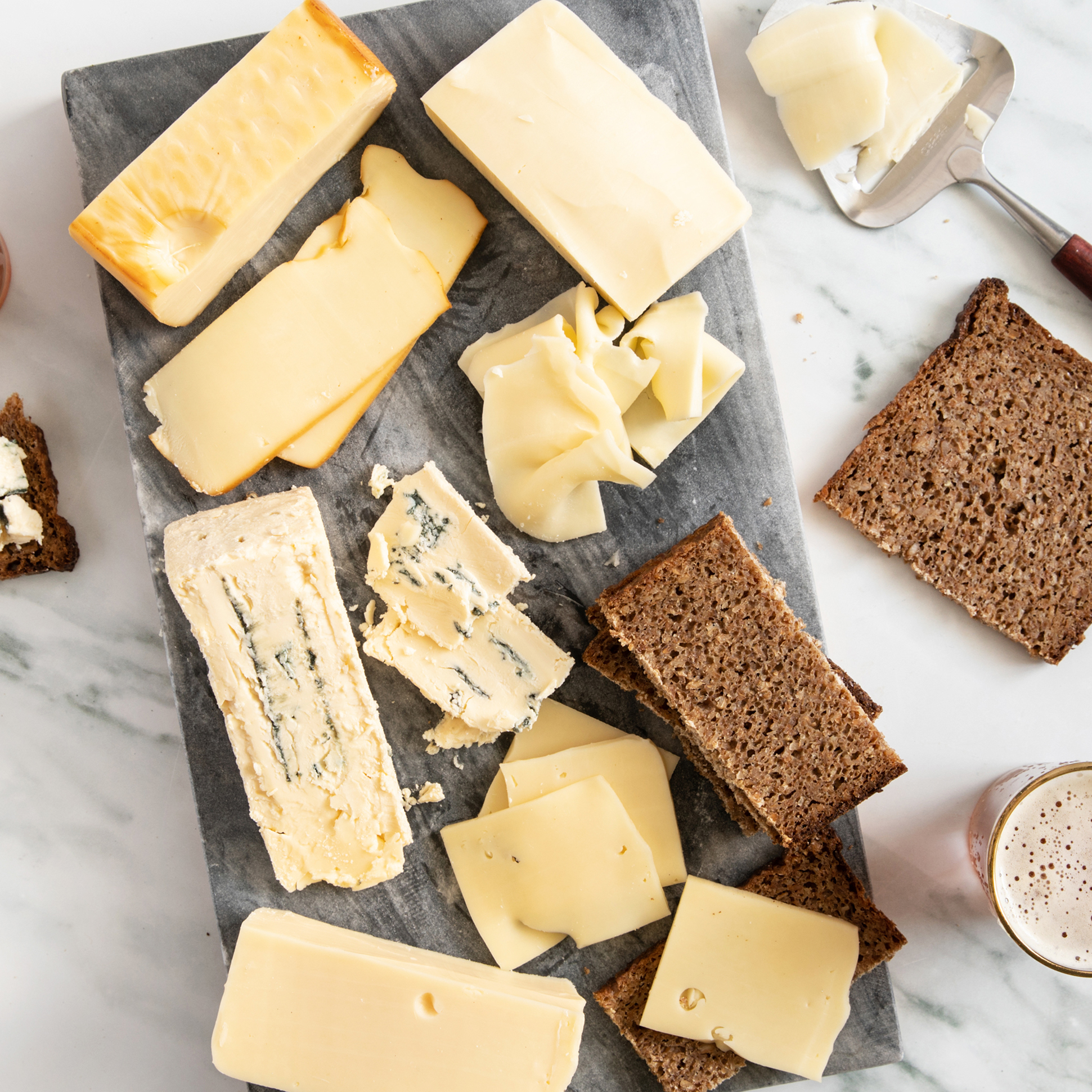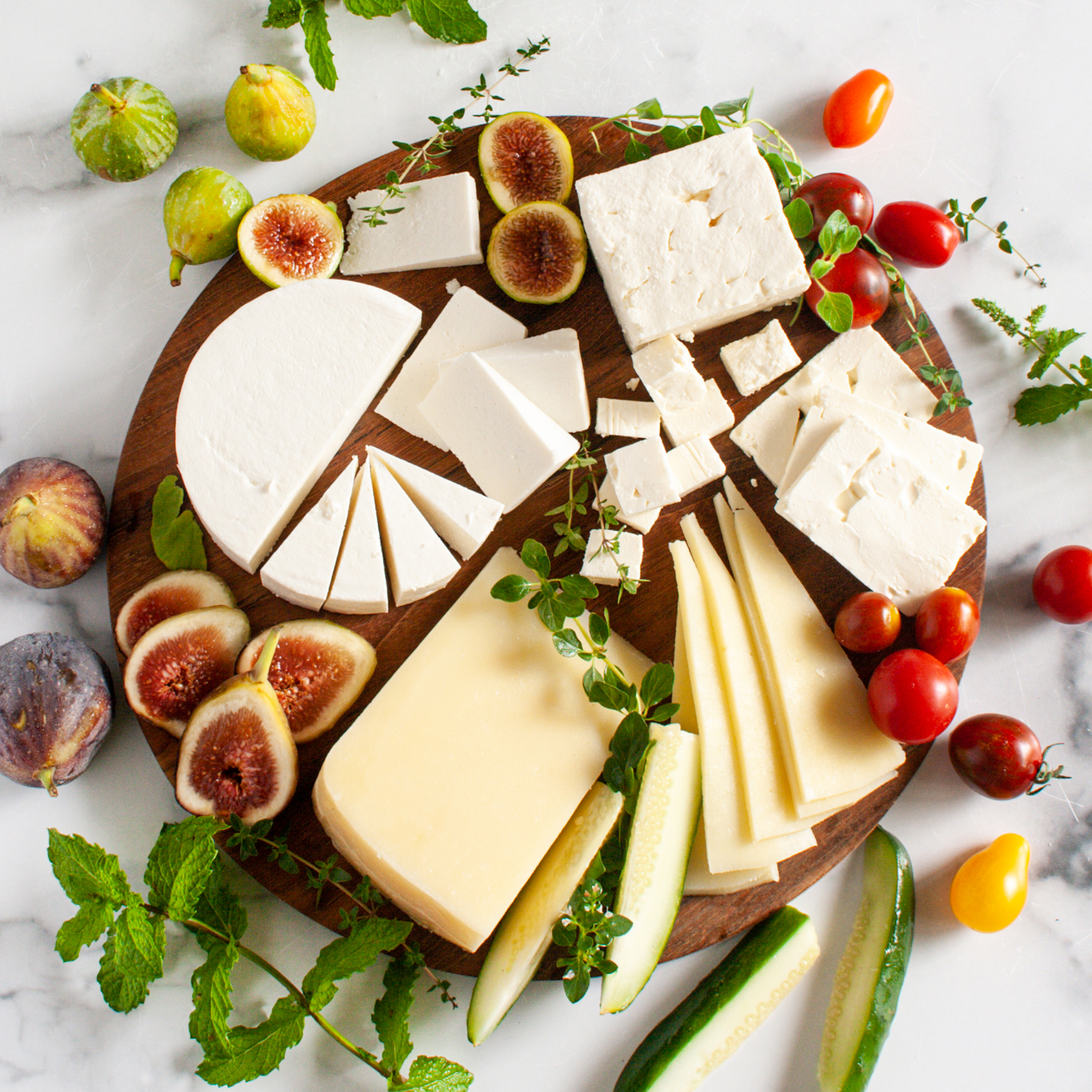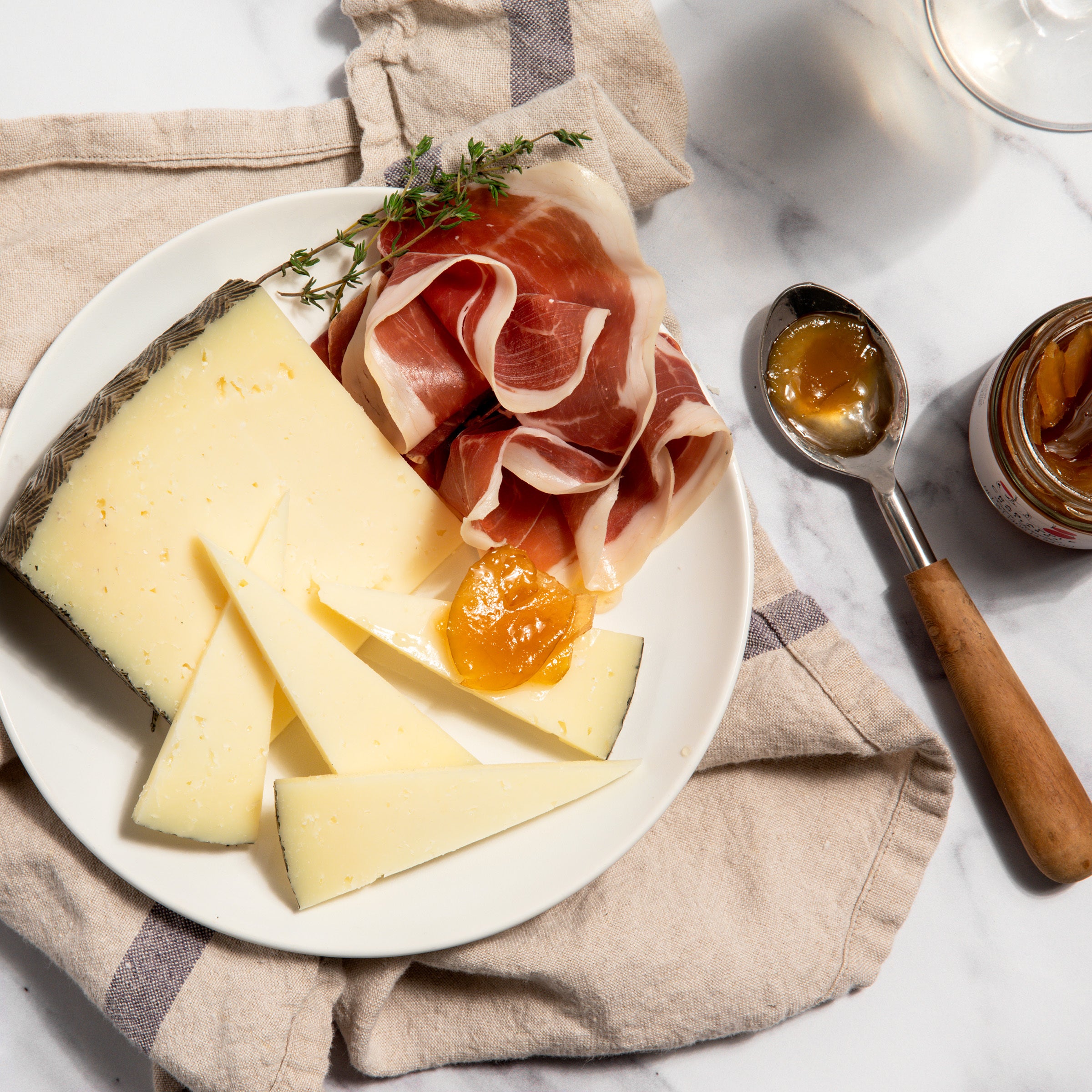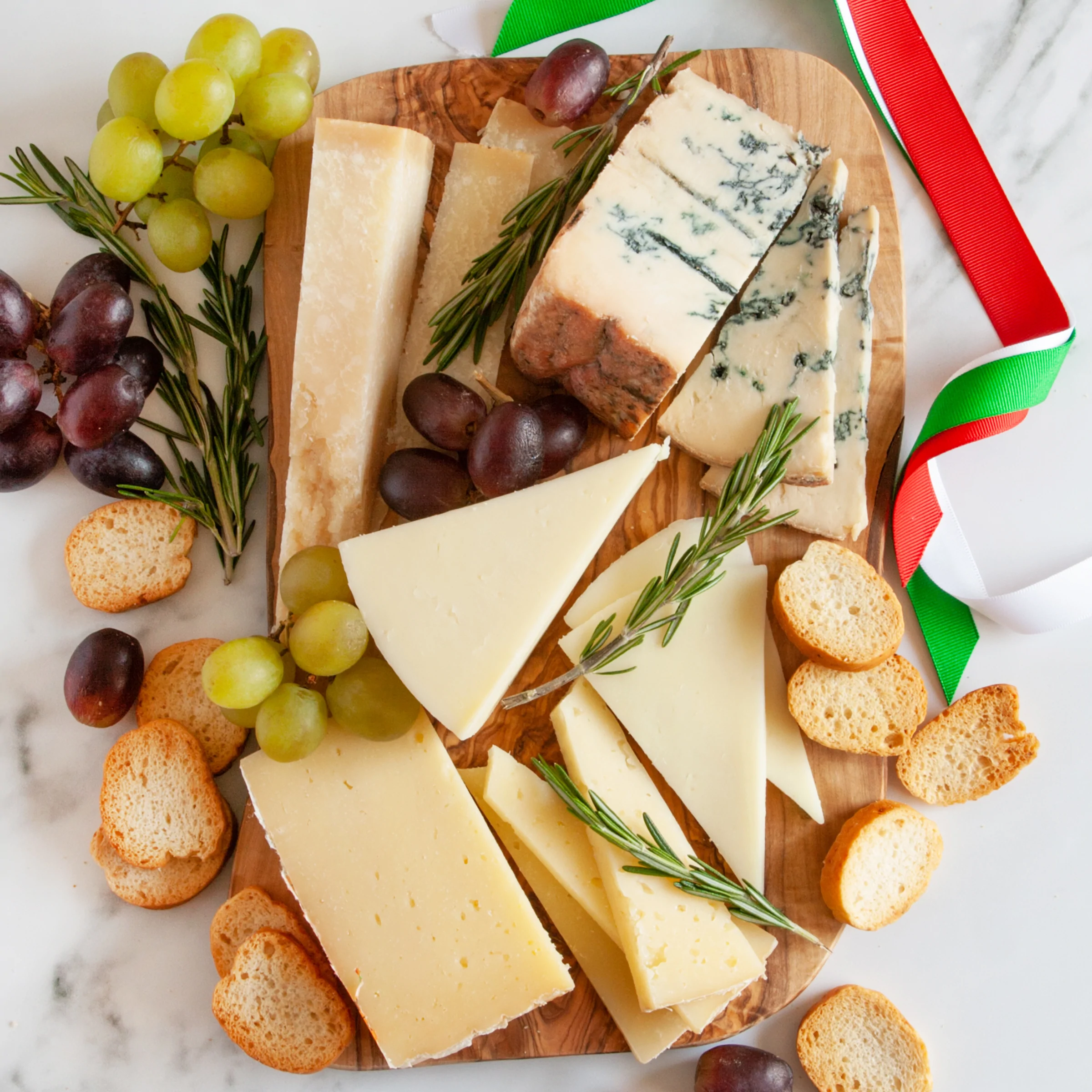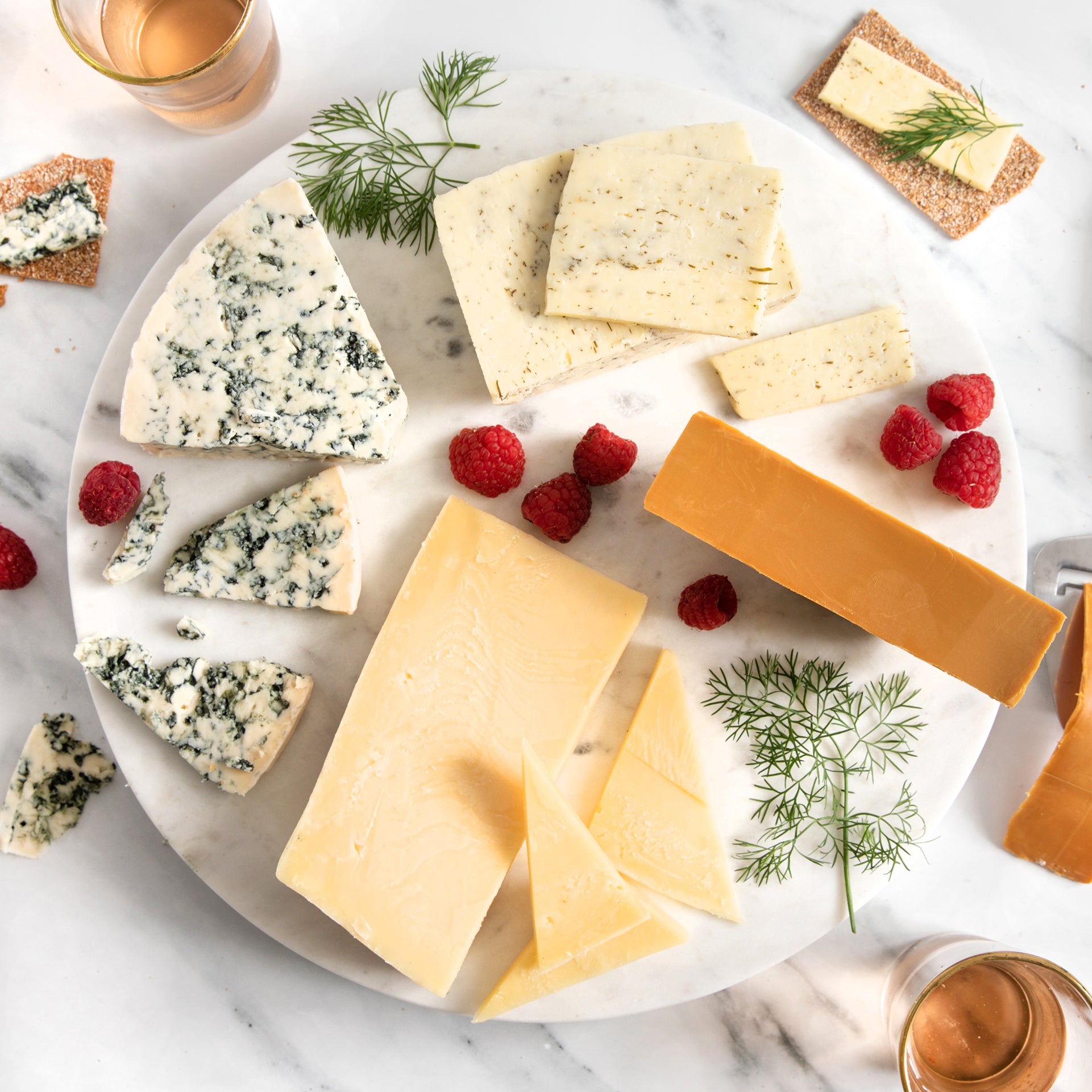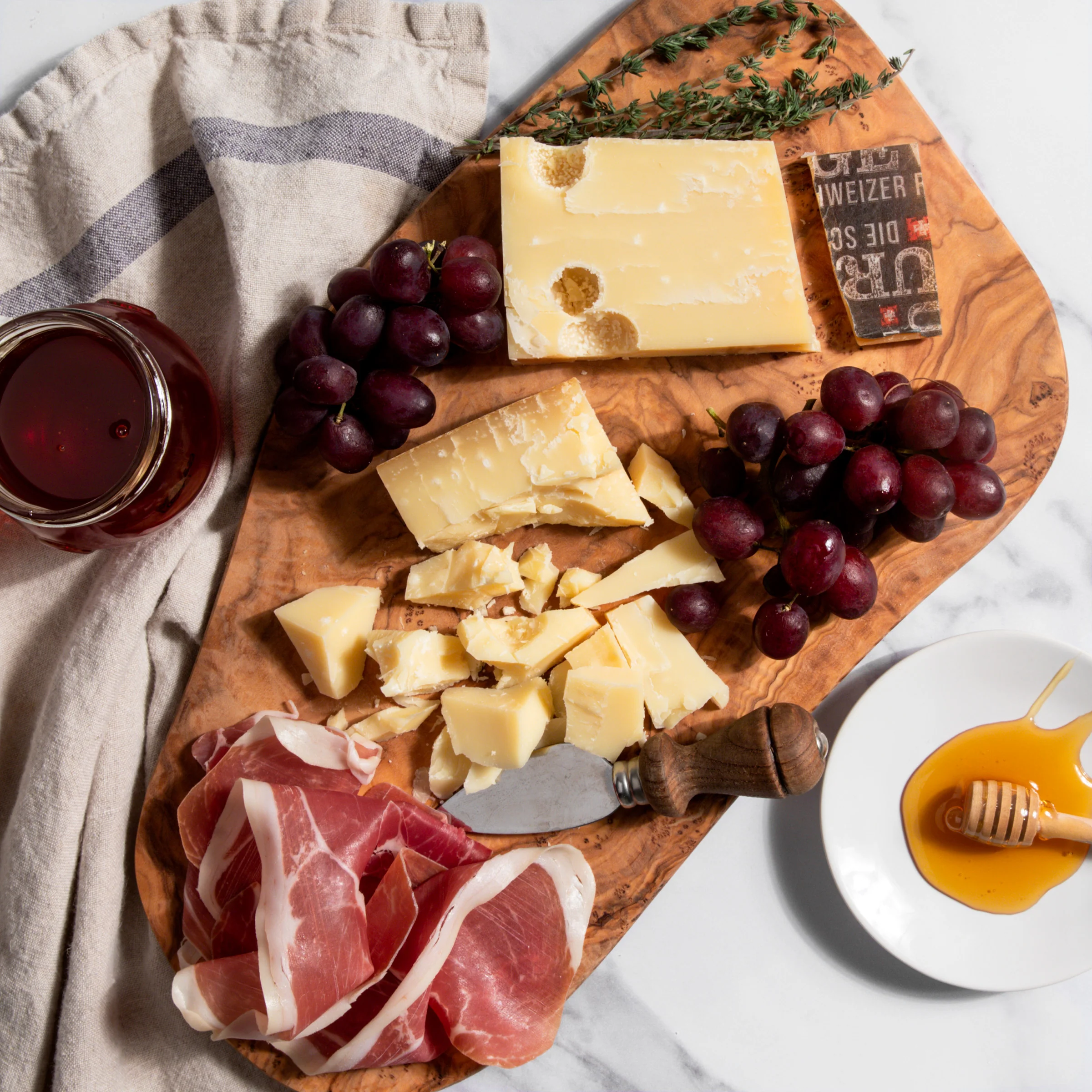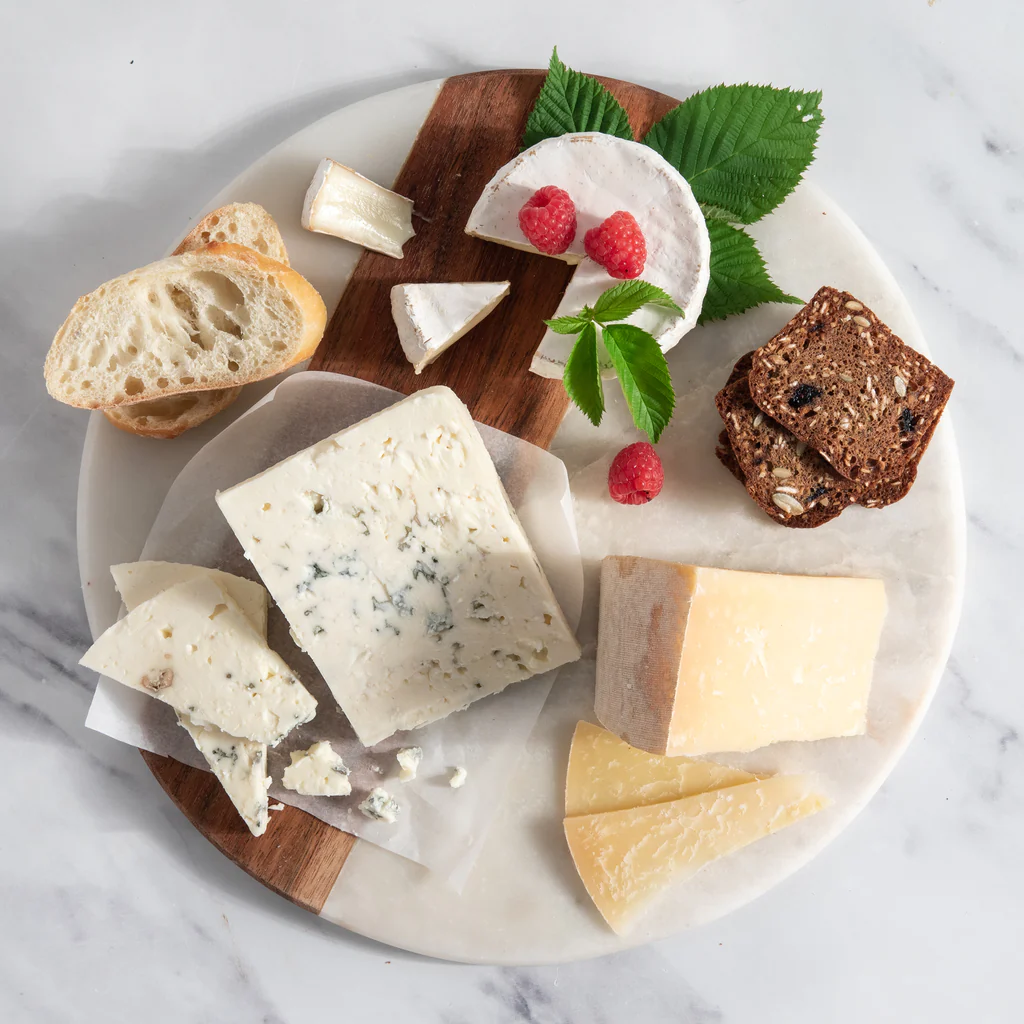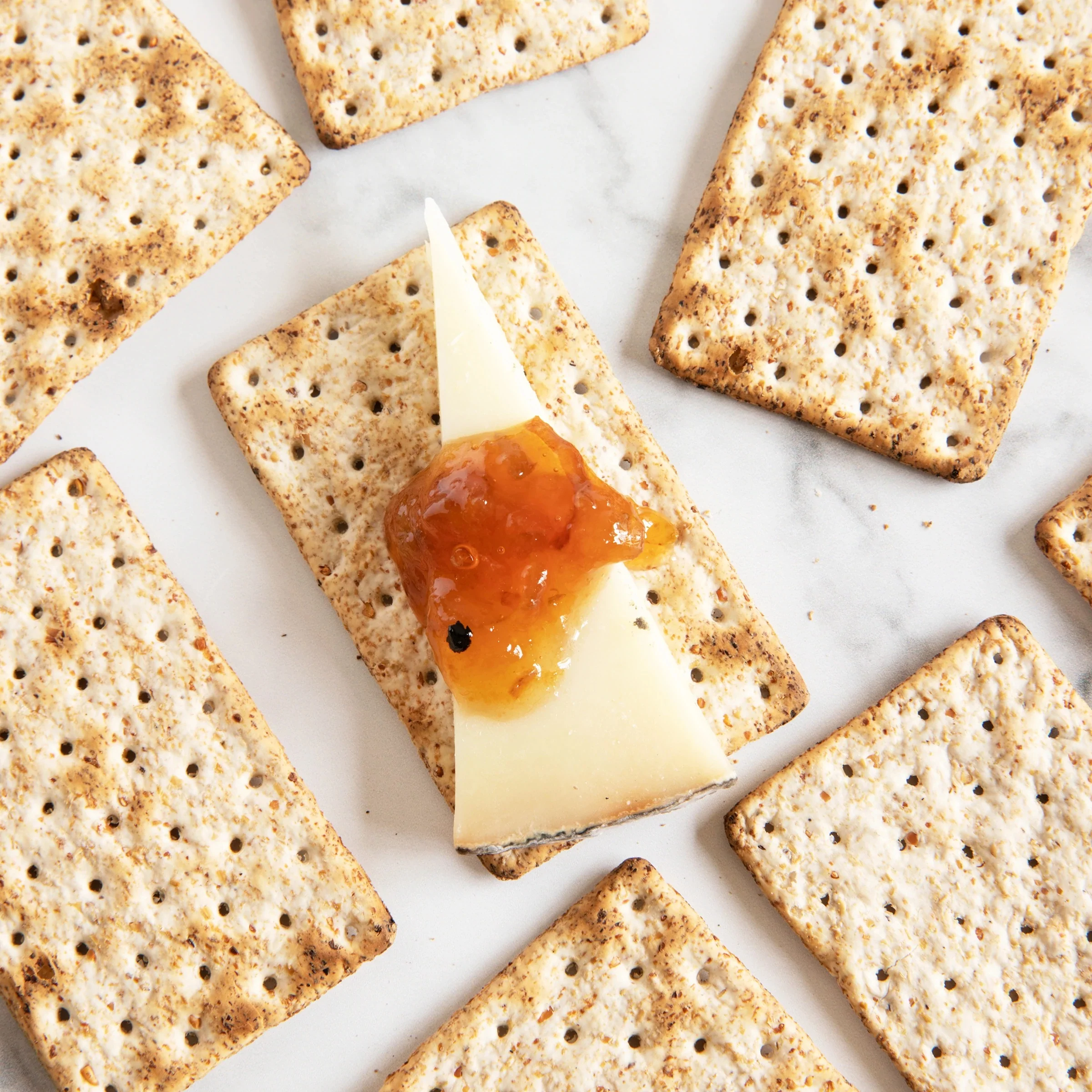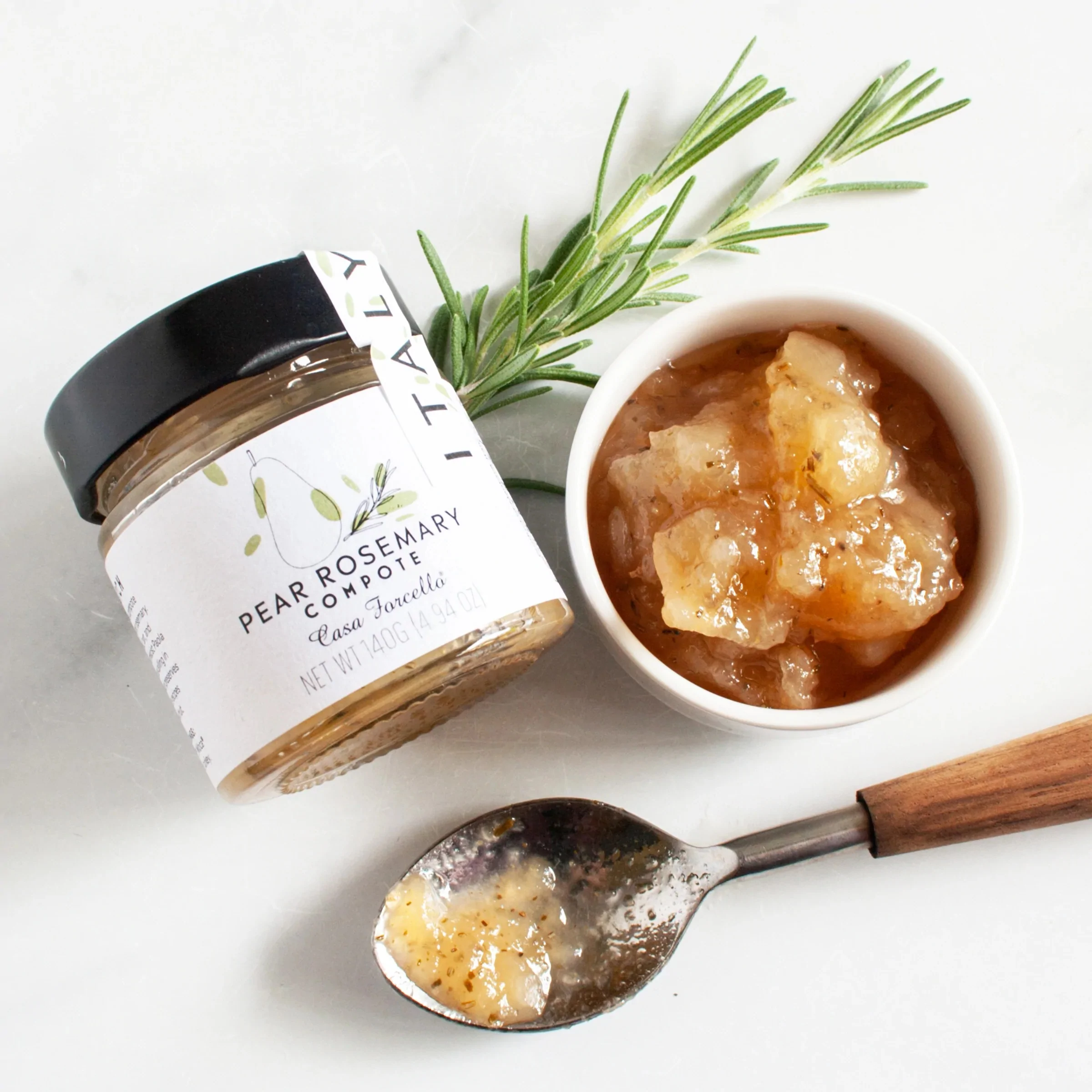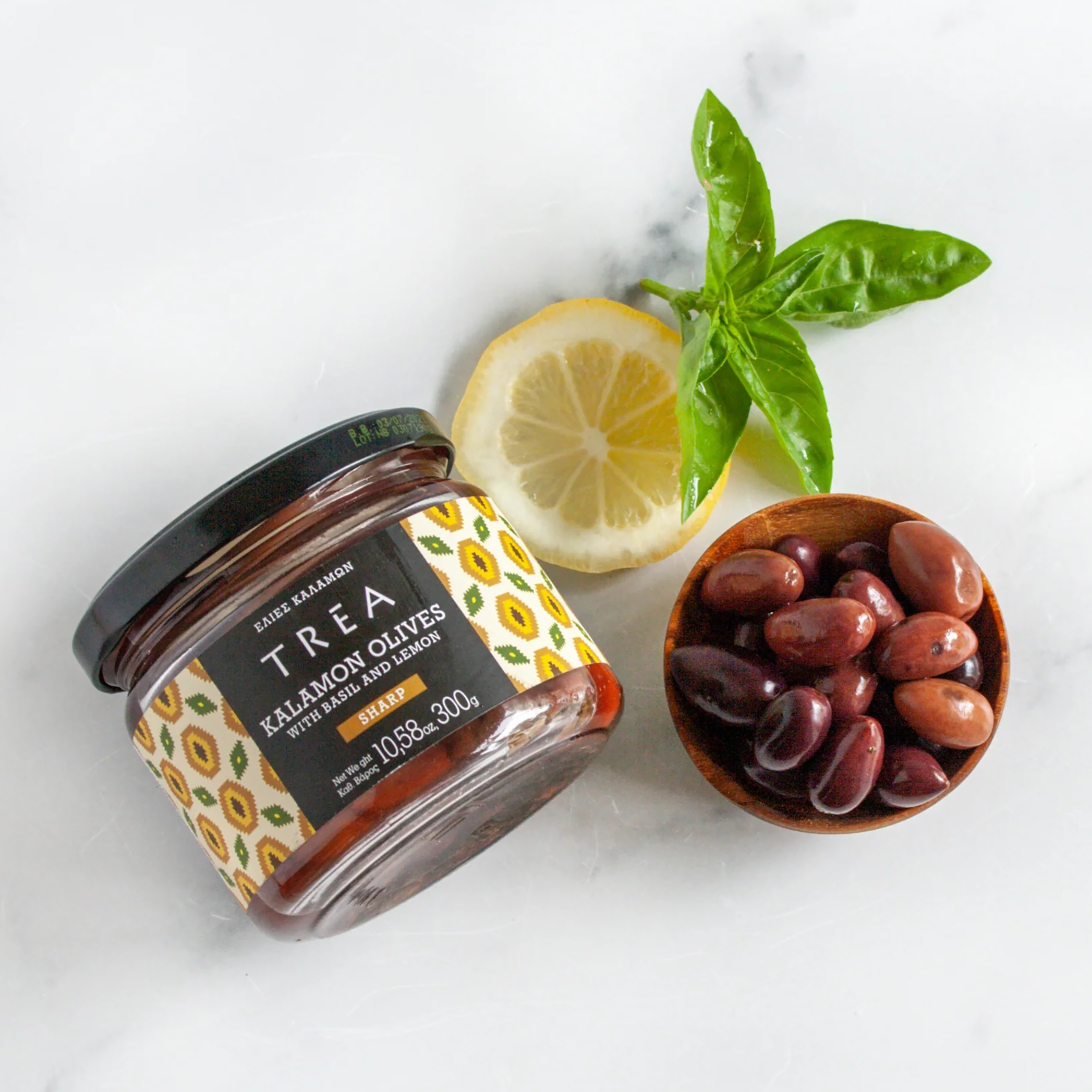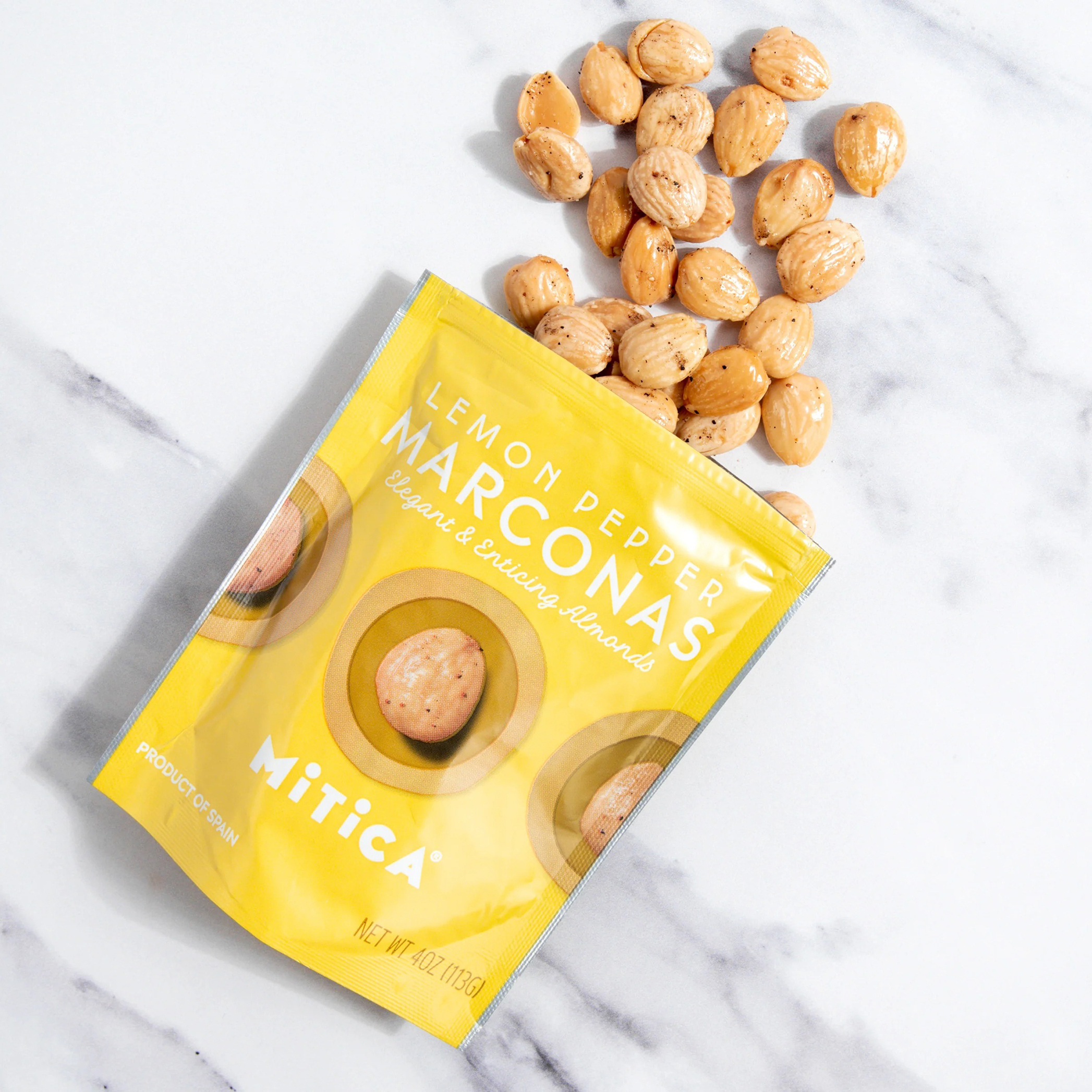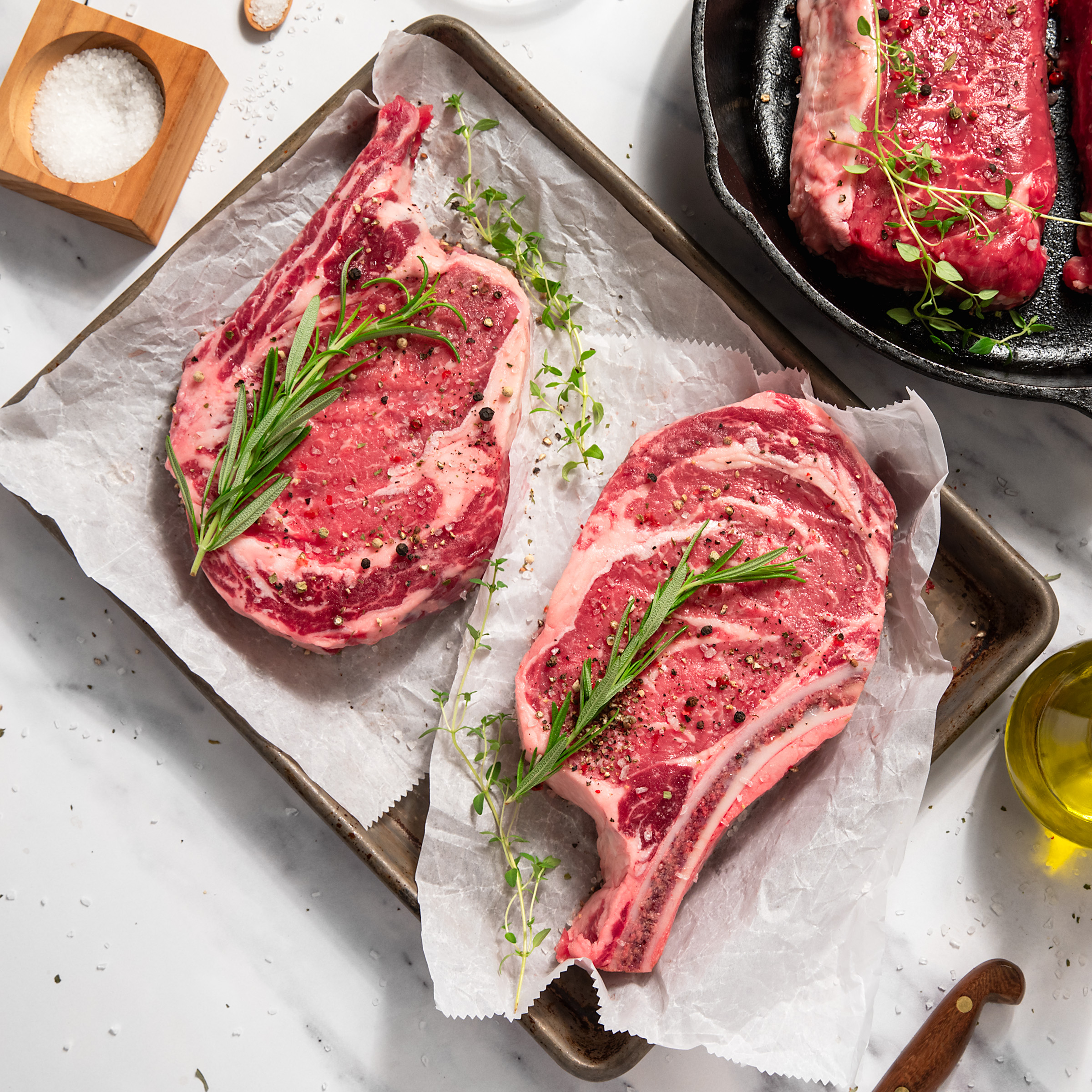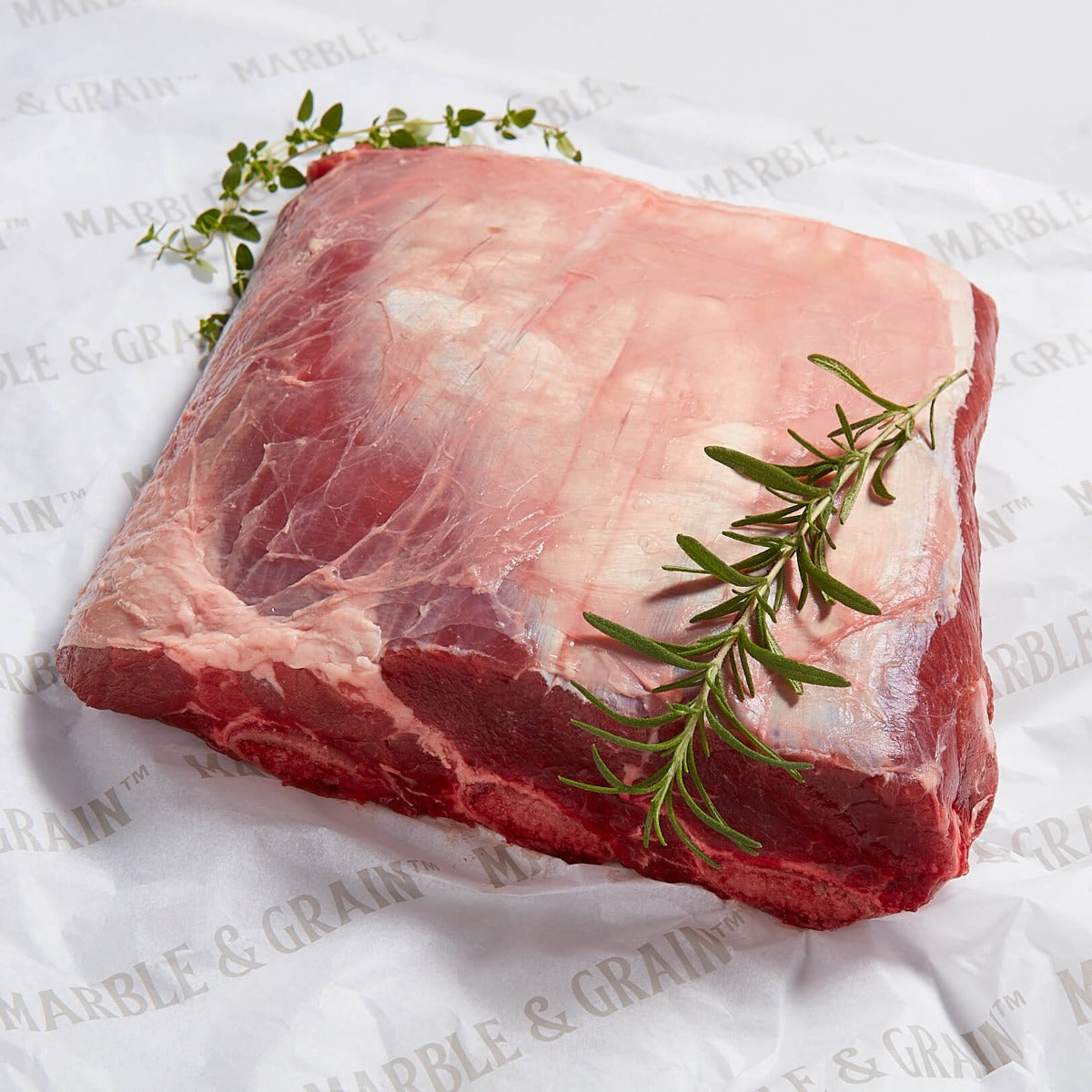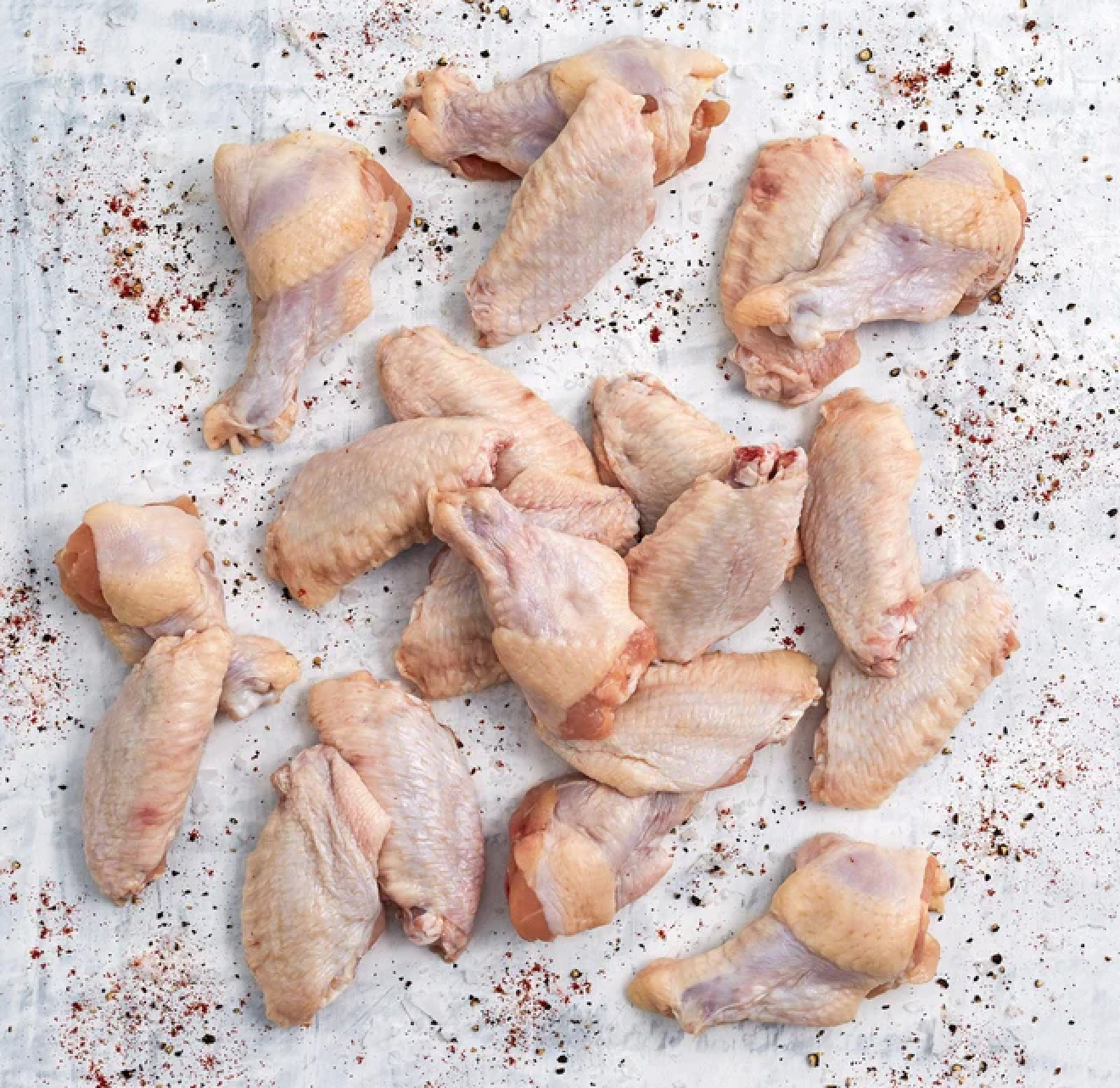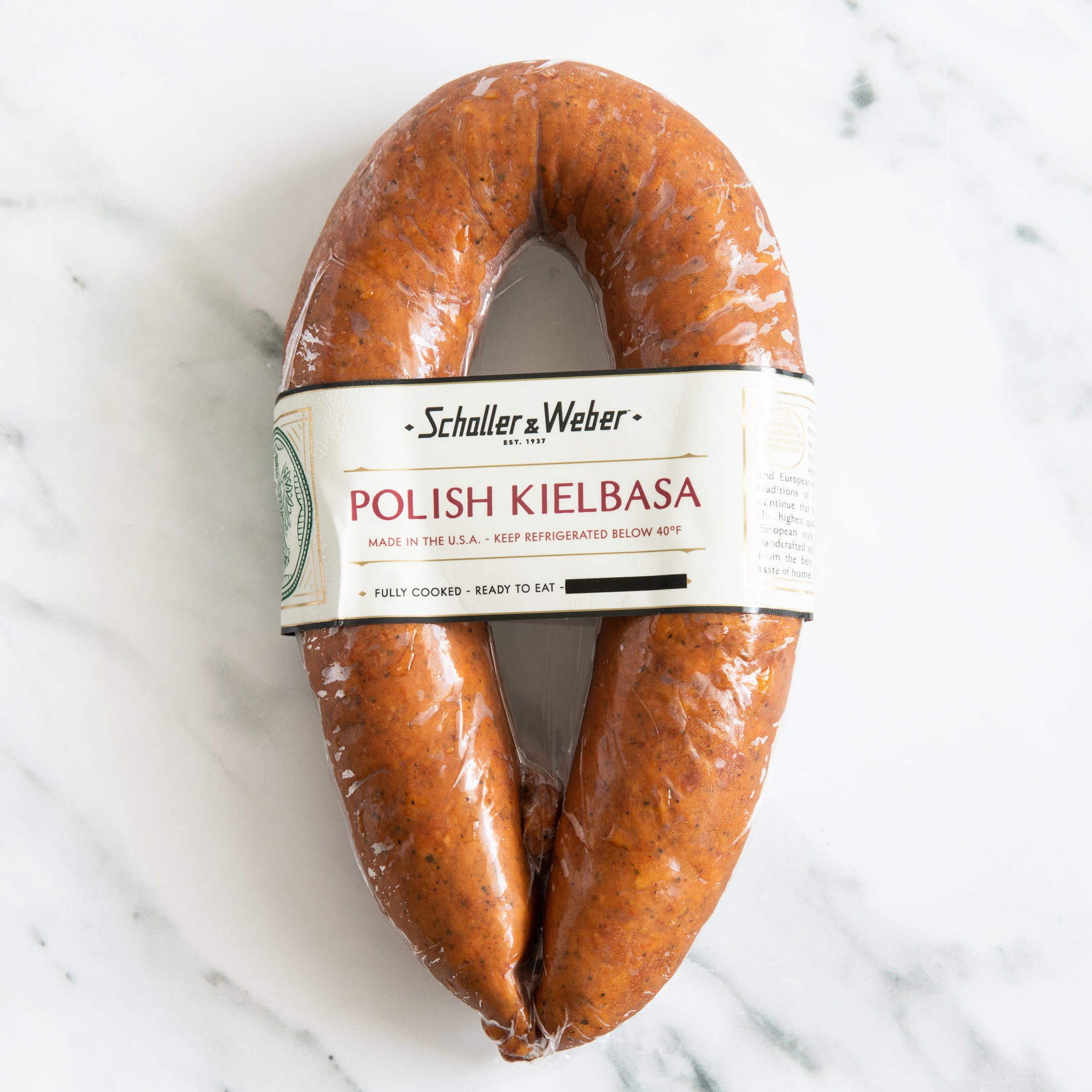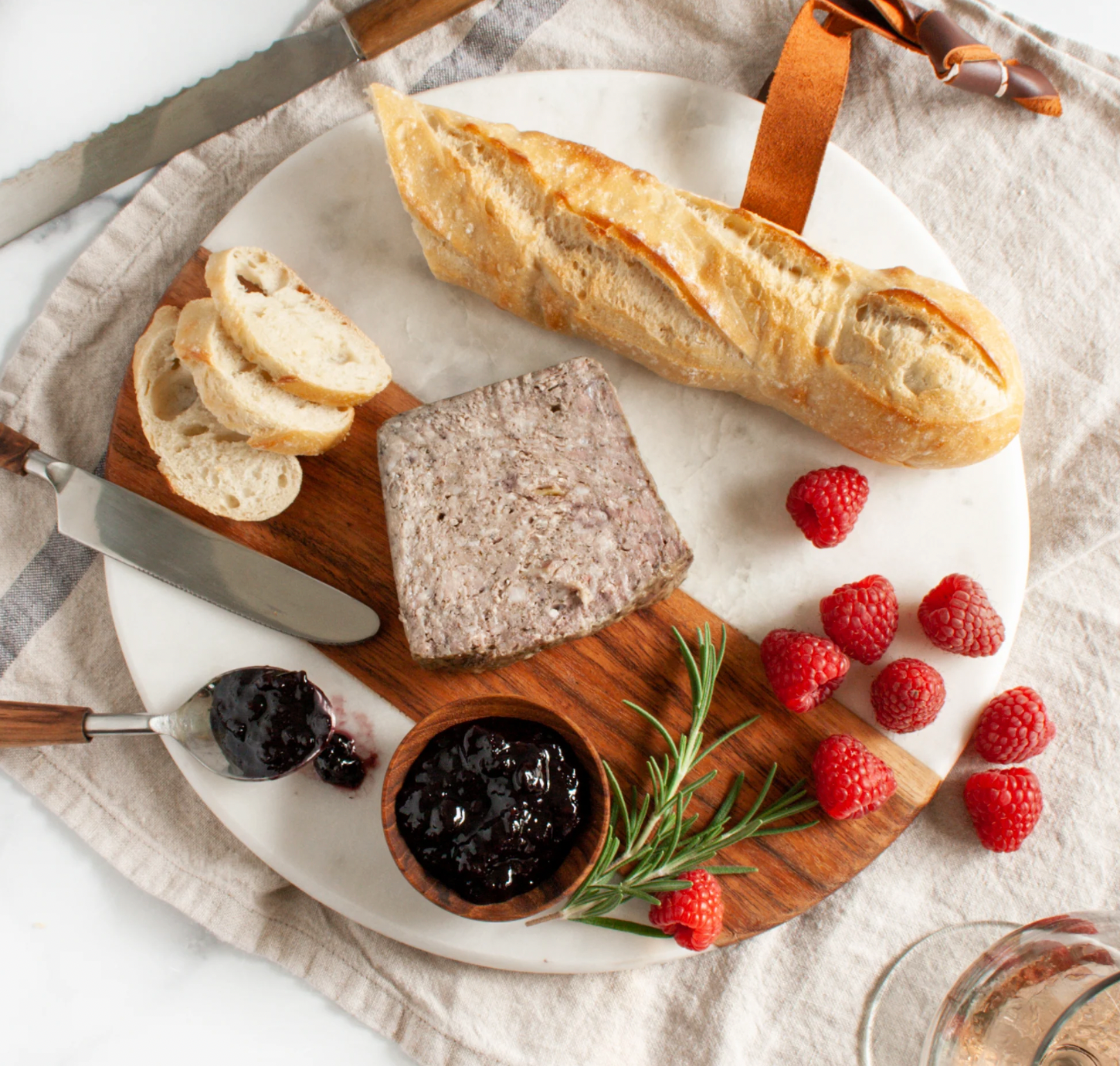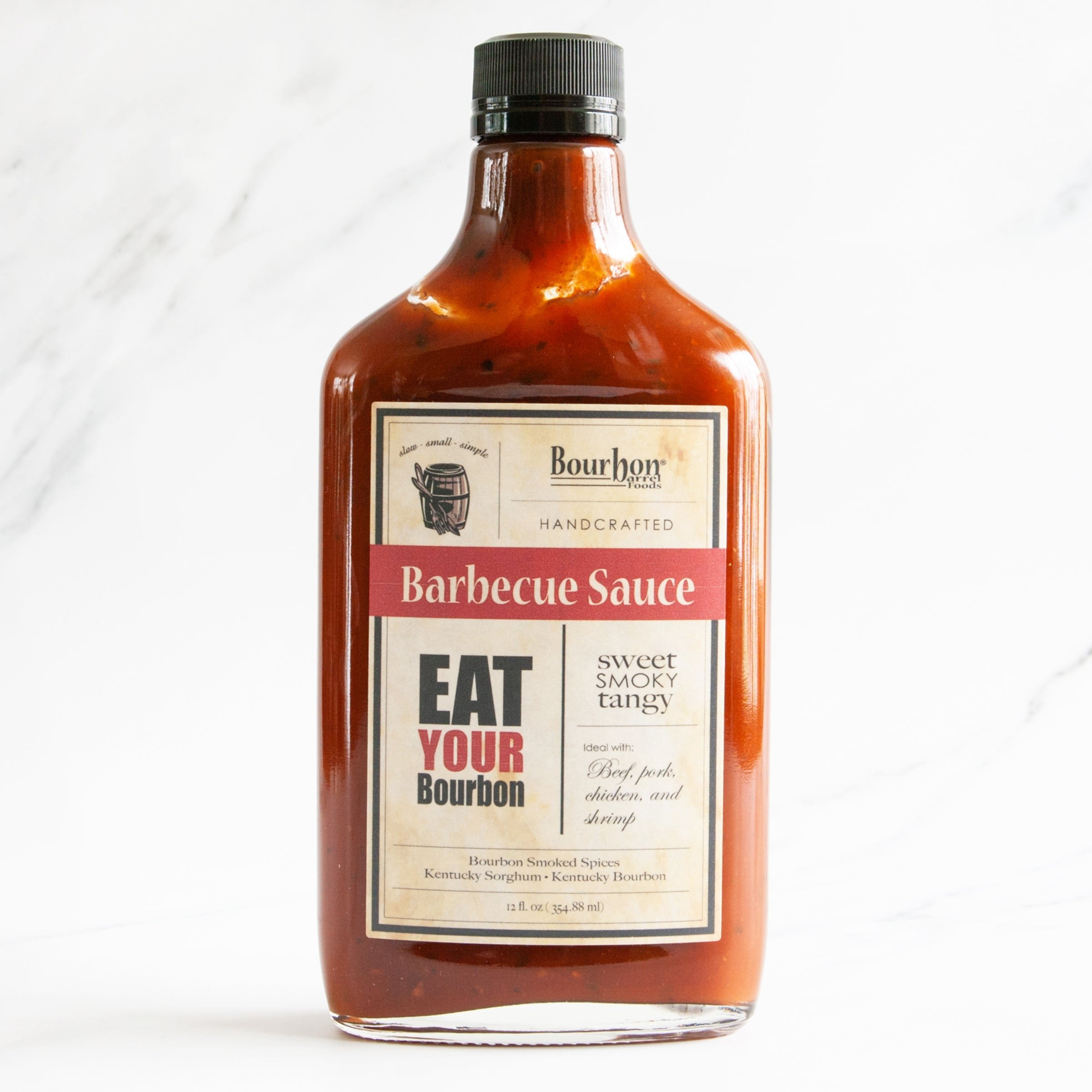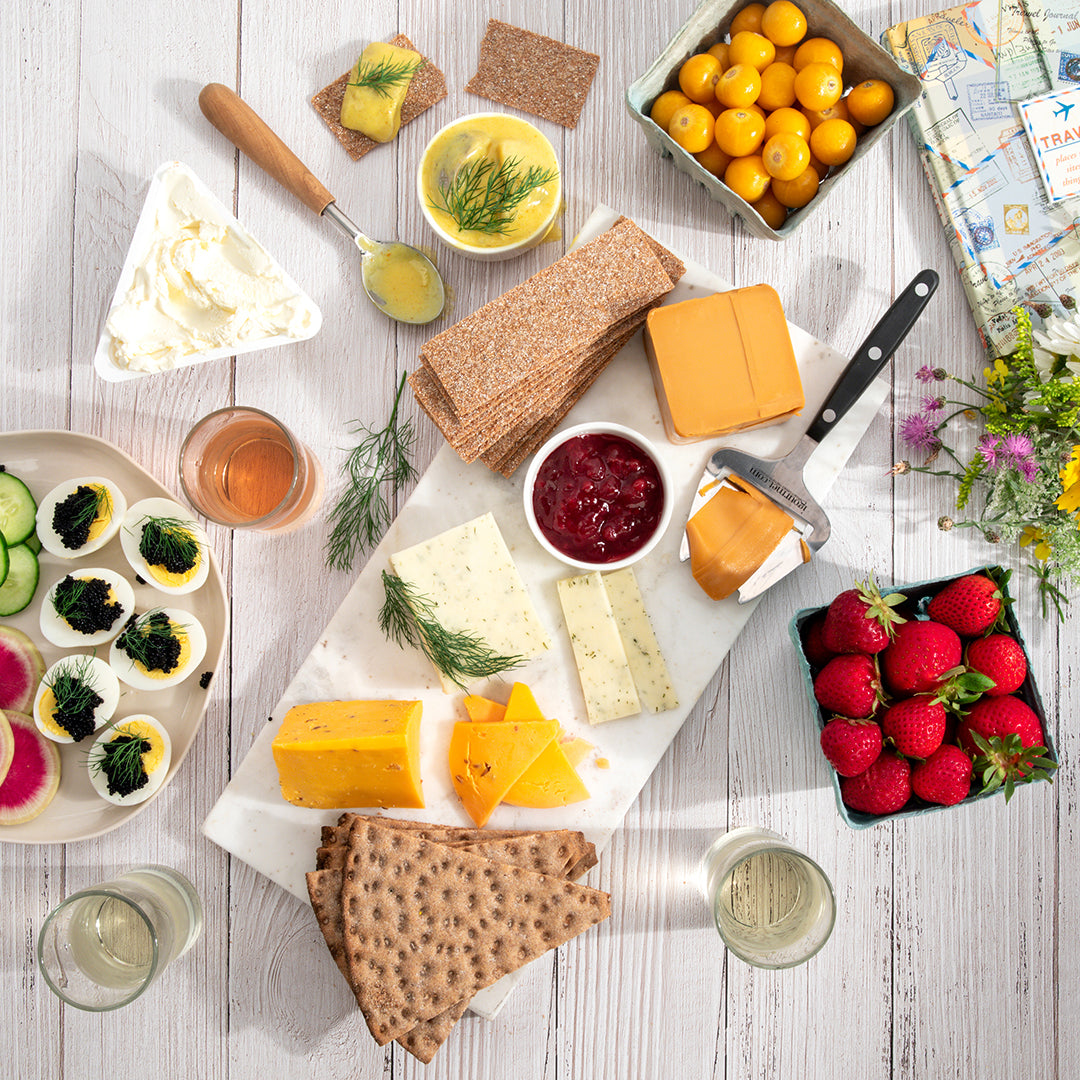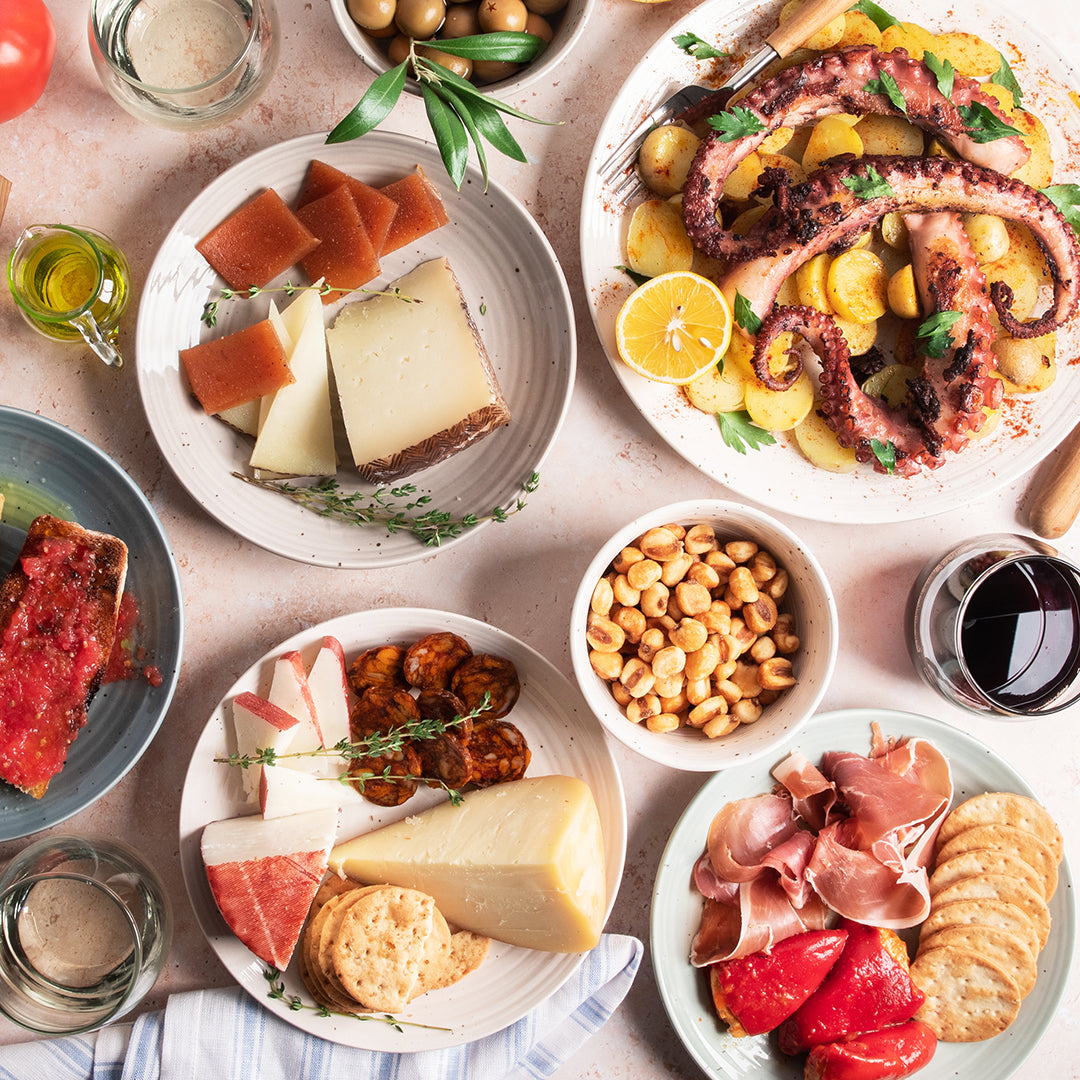Swedish Cuisine Guide
Italian Cuisine Guide
June 12, 2019 | By Dave Mattingly
Outside influences on Italian Food contributed to its evolvement long before a national cuisine could be established. Greek cuisine influenced regions of Southern Italy, including Greek fish chowder known as brodetto (bouillabaisse in French) chickpeas, dry figs, pickled olives, salted and dried fish and pork. The Arabs also strongly influenced southern regions of Italy particularly Sicily where dried pasta originated. The Barbarian invasion in the 5th century AD introduced stuffed-pastries, baked pies and roasted meats to the Italian region.
Geography influenced the cuisines of each region in Italy as well. The rocky terrain and topography of the South did not allow for the raising of cattle, although goats, pigs and lambs thrived. Olive trees flourished in the South, so olive oil was the choice of fat instead butter and lard which was more popular in the North. Some of the most popular Italian Foods of pizza and pasta characterize Southern Italian Food. While it is often reported that pasta was brought back to Italy by Venetian merchant Marco Polo, pasta was actually eaten during Etruscan and Roman times. Ancient pasta was made of durum wheat, but baked in ovens instead of boiled in water. Coastal regions enjoyed readily available fish and seafood such as swordfish, lobster, anchovies and sardines. Northern Italian Foods experienced a strong Germanic influence. Foods such as rice, corn, potatoes, and meats were common in dishes of the region. Risottos, polentas and gnocchi developed in Milan, while Parmigiano Reggiano cheese and prosciutto (associated with present day Emilio Reggia region) also originated in regions of Northern Italy.
During the Middle Ages, the Roman diet was expanded upon, as chefs experimented with new foods. Pies became a popular Italian Food, as they were easily prepared, seasoned and filled with many foods. Eventually, imports would be found in Italian kitchens, as the Romans collected spices, wheat, wine and other exotic foods from far away locales such as China. New spices such as nutmeg, cardamom and saffron were introduced through the ports of Venice and Genoa. The use of exotic spices and herbs was a signal of wealth and prominence. Many foods would be doused in herbs and spices to disguise the not so fresh flavors of spoiled foods that did not withstand ancient transportation and preservation methods.
The turn of the 15th century brought with it the Renaissance. For royals, nobles and the wealthy, new ways of preparing and presenting Italian Food continued to evolve and became quite elaborate. Roasted animals were dressed in a way to make them appear lifelike, and were stuffed and reassembled in their casings and feathers for elaborate feasts. Stuffing pasta and layering noodles were experimented with, creating the earliest versions of lasagna, ravioli and manicotti. Wine, herbs and spices were used in cooking and were added to sauces and other dishes. Truffles, garlic and other rare vegetables appeared in dishes, and tables were set with exquisite porcelain, metals, and glassware. And of course sweet and indulgent desserts would cap off these elaborate feasts.
As for tomatoes, they were indigenous to South America and introduced to Europe by the Spanish explorer Cortez in the 1500s. While Europeans planted tomato seeds, at first they did not eat them and at one time believed them to be poisonous. When tomatoes did finally catch on, they were embrace in Naples, where they were grown in the volcanic soil of Mt. Vesuvius and nearby San Marzano. The modern day pizza originated in the late 1800s in Naples as dough topped with tomatoes and eventually the topping of Mozzarella cheese was added. Today pizza, while originating in Southern Italy, can be found all over the country and the rest of the world and is a staple of Italian-American cuisine.
In the late 1800s and early 1900s, millions of Italians arrived in America, creating "Little Italys" in their chosen cities displaying their Italian customs and foods. Many Italians who immigrated to America came from the southern regions of Naples and Sicily and moved to large American cities and brought with them their recipes for pizza and other traditional Italian Foods. Their staples such as dry pasta, tomato sauce and olive oil, as well as Northern Italian staples like risotto, fresh sauce and polenta would be incorporated into Italian–American foods. Since many other ingredients from their old country were not available in America, Italian-Americans adapted traditional recipes and used food that was available, creating new dishes. Thus, a new culinary tradition emerged, Italian-American cuisine, which blended native Italian dishes with American ingredients and cooking techniques.
Italian Food is as popular as ever in the US. In recent years, there have been trends of returning to more “authentic” Italian Food styles which attach more importance to traditional techniques and ingredients native to Italy. Espresso, a concentrated coffee beverage, and tiramisu, a layered Italian dessert, are examples of this trend, and they have been eagerly embraced in the US.
Italian Cheese
The history of cheese in Italy dates back to some of the earliest civilizations that occupied the region. During Roman Times, some homes had a separate room for making and storing cheese, called a caseale. Some cheeses that originated in Roman times include cheese smoke over applewood chips, a precursor to Smoked Provolone and the earliest versions of Pecorino Romano. Monasteries became famed for their cheese during the Middle Ages, which were initially produced as a byproduct the wool making process from sheep. Other famous cheese soon appeared. Gorgonzola, known for its veins of blue mold, developed during the 9th or 10th century, and Asiago was produced in the Veneto region as early as the 10th century. Mozzarella di Bufala made from the milk of water buffalo may have appeared as early in the 12th century, and Parmigiano Reggiano, known as the King of Italian Cheeses, originated in the Reggio Emilia region of Northern Italy in the Middle Ages. Traditionally, Italian Cheese has been used in Italy in baked dishes, in sauces and grated over pasta, and as a dessert when combined with fruits, nuts and a glass of wine.
Italian Meats
Italy has a long history of curing meats. Since Roman Times, salting, smoking and air-drying meats were ways to preserve their meats throughout the year. Pork, beef venison and wild boar would be cured either as slabs of meat, or ground and stuffed into casing. Salumi, (Italian cured meats) played an important role in the Italian antipasto, a first course served prior to the meal along with cheese and vegetables. Salami, Soppresata, Prosciutto, Pepperoni and other cured meats continue to be a celebrated part of Italian Food and cuisine today.
Italian Desserts
Due to the high cost of sugar, some of the earliest Italian Desserts were breads sweetened with honey or fruit, such as Panaforte. It is believed that both Panaforte and Biscotti developed in their simplest forms during the Middle Ages. As sugar became more available and less expensive, new desserts appeared such as tiramisu, panna cotta, cheesecake (made with ricotta cheese) and cream puffs. By the 1700s other desserts gained popularity, such as Bicerin, a combination of melted chocolate, espresso and cream. Italian Desserts continue to evolve with Italian-American influences seen in using ricotta as a substitute instead of the harder to find mascarpone cheese in desserts such as cannoli and cheesecake.
Our gourmet Italian Food selection includes cheeses, meats, desserts, sauces, spreads, oils, vinegars, desserts, gift baskets and much more. When searching for gourmet foods and gifts online, look no further than igourmet.com.






